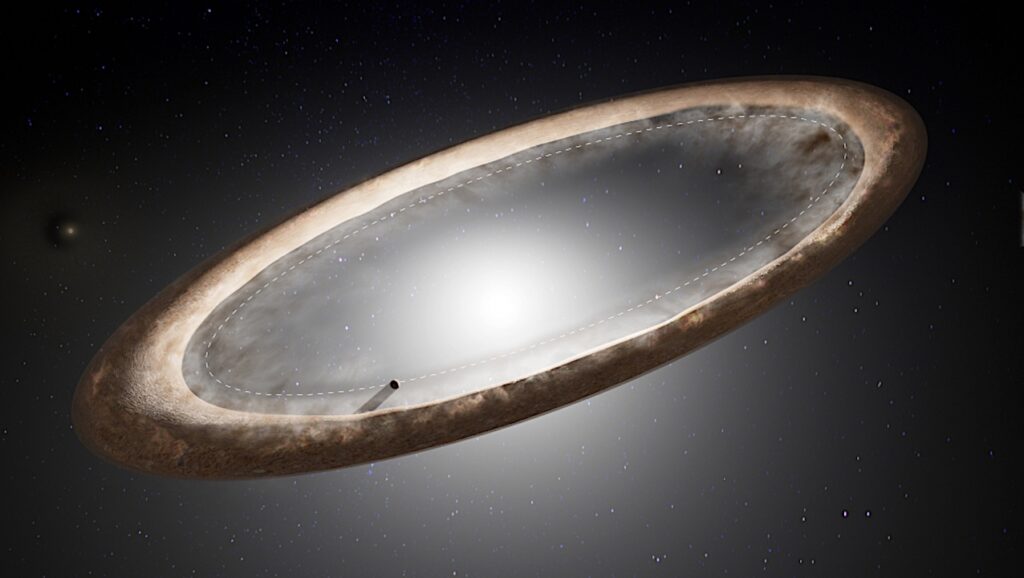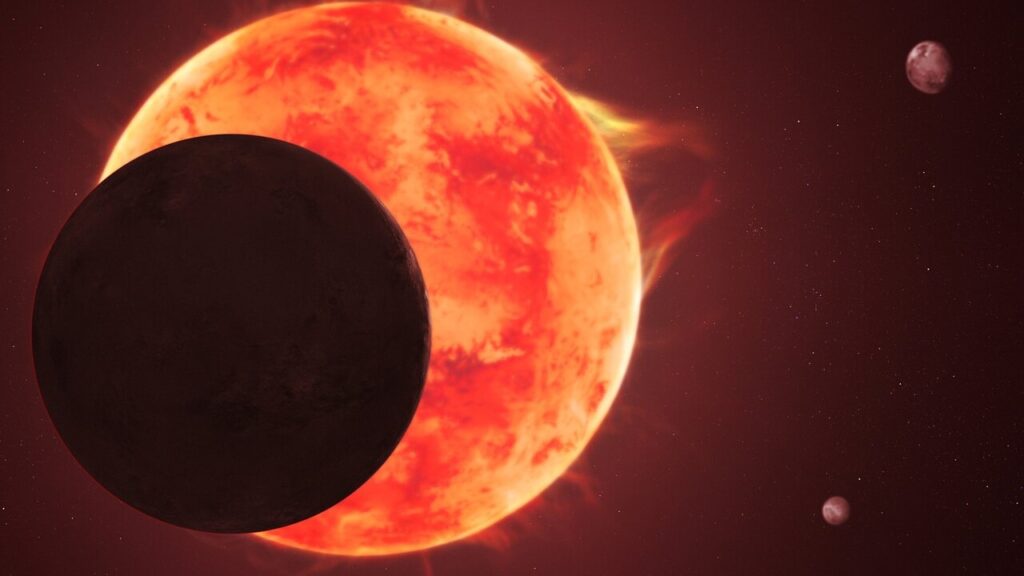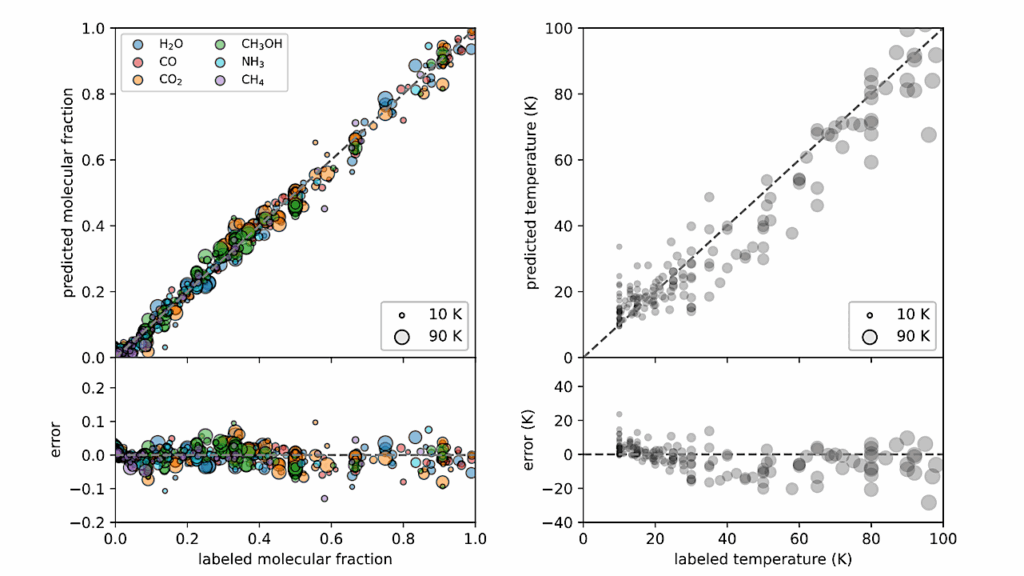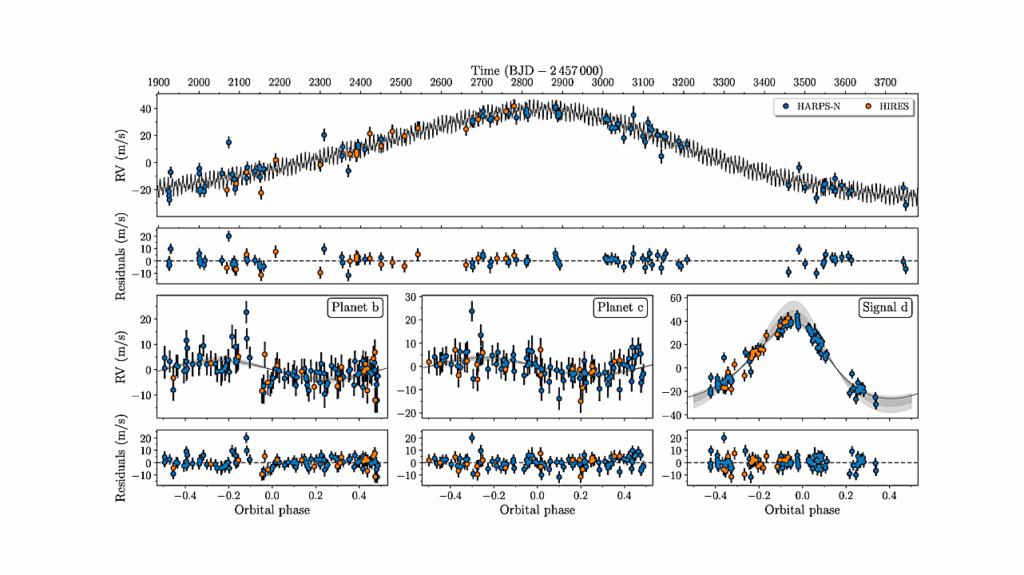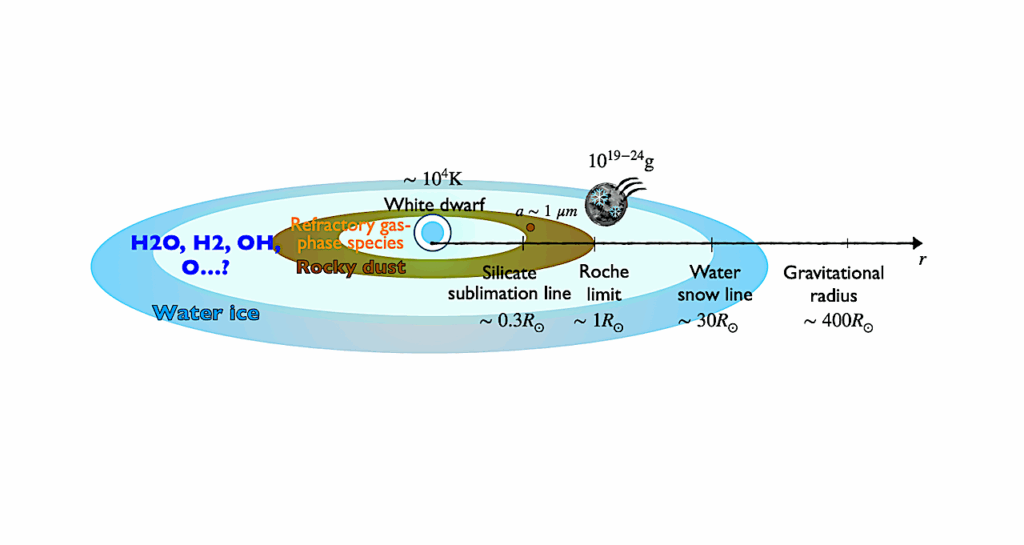Evolution of Flare Activity in GKM Stars Younger than 300 Myr over Five Years of TESS Observations
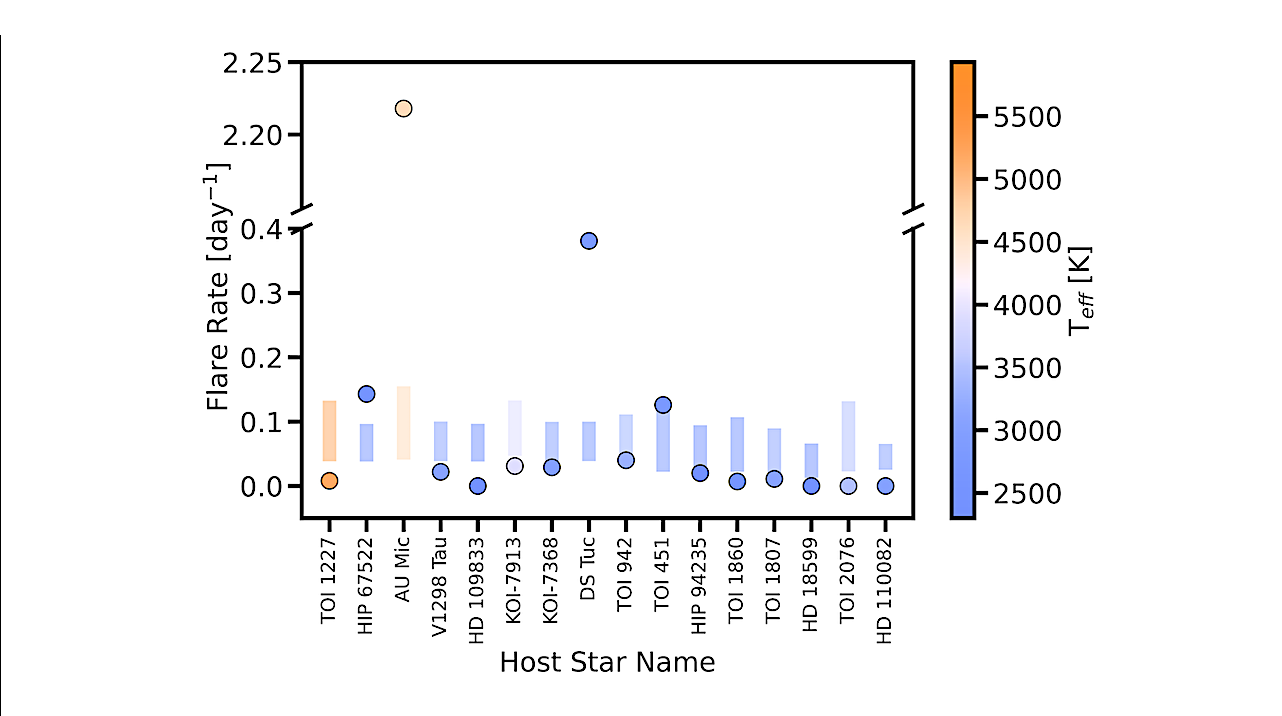
Stellar flares are short-duration (< hours) bursts of radiation associated with surface magnetic reconnection events. Stellar magnetic activity generally decreases as a function of both age and Rossby number, R0, a measure of the relative importance of the convective and rotational dynamos.
Young stars (<300 Myr) have typically been overlooked in population-level flare studies due to challenges with flare-detection methods. Here, we select a sample of stars that are members of 26 nearby moving groups, clusters, or associations with ages <300 Myr that have been observed by the Transiting Exoplanet Survey Satellite at 2-minute cadence.
We identified 26,355 flares originating from 3,157 stars and robustly measure the rotation periods of 1,847 stars. We measure and find the flare frequency distribution (FFD) slope, α, saturates for all spectral types at α∼−0.5 and is constant over 300 Myr. Additionally, we find that flare rates for stars t<sub>age</sub>=50−250 Myr are saturated below R0<0.14, which is consistent with other indicators of magnetic activity. We find evidence of annual flare rate variability in eleven stars, potentially correlated with long term stellar activity cycles.
Additionally, we cross match our entire sample with GALEX and find no correlation between flare rate and Far- and Near-Ultraviolet flux. Finally, we find the flare rates of planet hosting stars are relatively lower than comparable, larger samples of stars, which may have ramifications for the atmospheric evolution of short-period exoplanets.
Adina D. Feinstein, Darryl Z. Seligman, Kevin France, Jonathan Gagné, Adam Kowalski
Comments: 23 pages, 10 figures, 4 tables, under review at AAS Journals. Manuscript was compiled using showyourwork! The affiliated GitHub repository can be found here: this https URL
Subjects: Solar and Stellar Astrophysics (astro-ph.SR); Earth and Planetary Astrophysics (astro-ph.EP)
Cite as: arXiv:2405.00850 [astro-ph.SR] (or arXiv:2405.00850v1 [astro-ph.SR] for this version)
Submission history
From: Adina Feinstein
[v1] Wed, 1 May 2024 20:27:29 UTC (5,514 KB)
https://arxiv.org/abs/2405.00850
Astrobiology,


